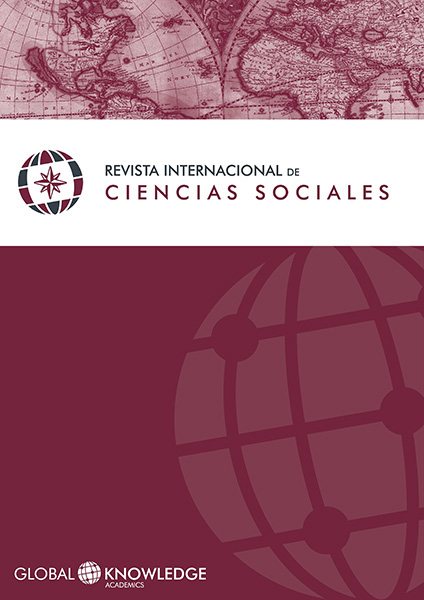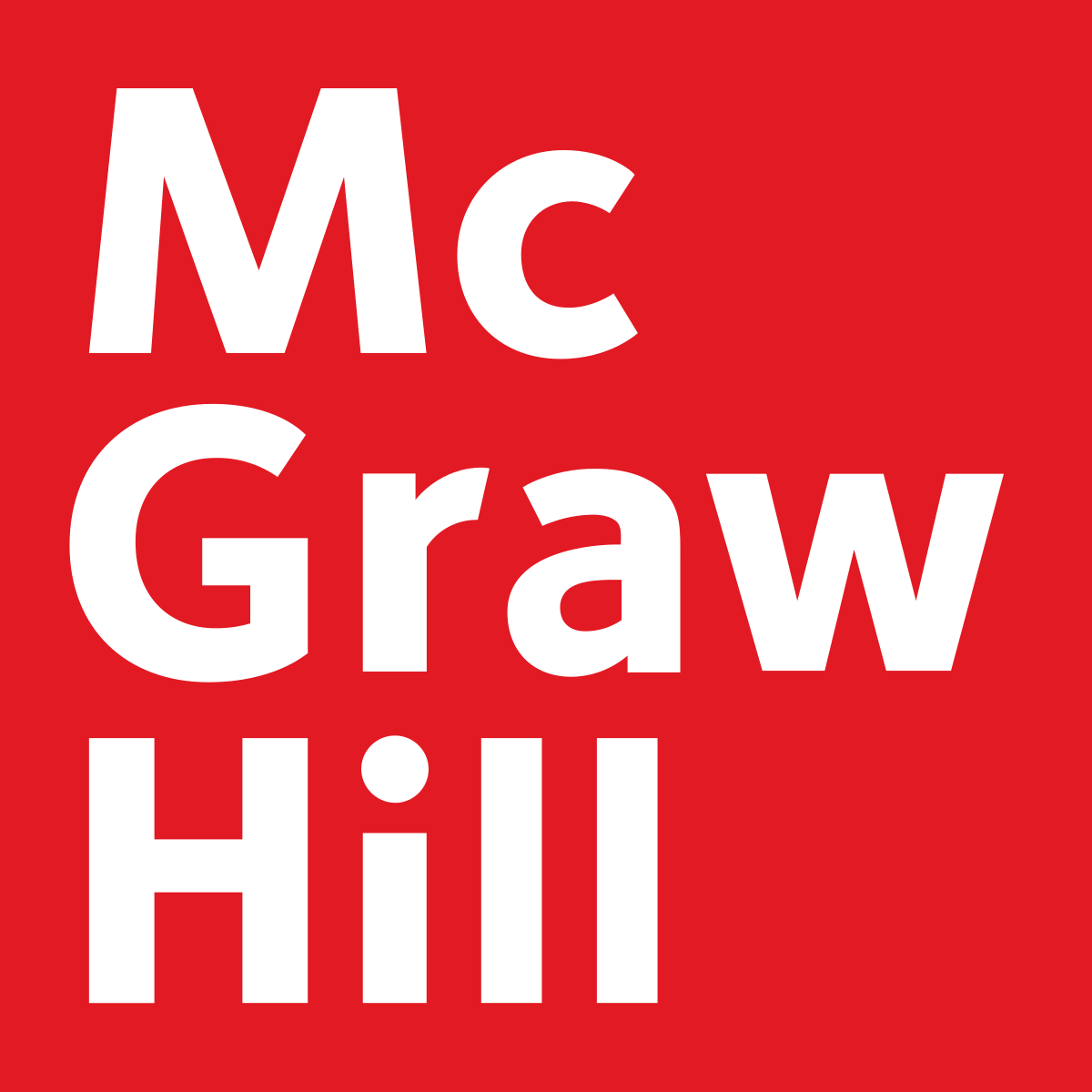A Logical Criterion for Assessing the Acceptability of Press Headlines
DOI:
https://doi.org/10.37467/gka-revsocial.v3.812Keywords:
Logical Criterion, Deduction, Formal Validity, Propositions, Semantic Strength of a Proposition, Fallacy, Analytic Entailment, Discourse Analysis, News Structure, Headline, ThemeAbstract
The aim of this paper is to propose tentatively a normative logical criterion for assessing the acceptability of headlines in the press defined in terms of the informativeness or semantic strength of propositions they express. Additionally, we show that proposed criterion fits well with van Dijk's application of Discourse Analysis Theory to the structures of news in the press. To conclude, we give some examples of application of this criterion to news published in national and regional digital newspapers.
Downloads
Global Statistics ℹ️
|
431
Views
|
673
Downloads
|
|
1104
Total
|
|
References
Bentham, J. (1990). Falacias Políticas . Madrid: Centro de Estudios Constitucionales.
Hamblin, C. L. (1970). Fallacies . Newport News: Vale Press.
Migura, F. (2014). “Sesgos y falacias en la información periodística basada en encuestas y estadísticas”. En: Carrascal, B, (ed.) Argumentación y prensa . Bilbao: Servicio Editorial de la Universidad del País Vasco, pp. 77-112.
Van Dijk, T. (1977). Text and Context. Explorations in the semantics and pragmatics of discourse. London and New York: Longman.
Van Dijk, T. (1980a). Macrostructures in Discourse: An interdisciplinary study of global structures in discourse, interaction, and cognition . Hillsdale, N. J.: L. Erlbaum Associates.
Van Dijk, T. (1980b). "The semantics and pragmatics of functional coherence in discourse". In: A. Ferrara, (Ed.) Speech act theory: Ten years later . Milano: Special issue of Versus, 26/27.
Van Dijk, T. (1983). “Discourse analysis: Its development and application to the structures of news”. Journal of Communication 33/2, 20-43. DOI: https://doi.org/10.1111/j.1460-2466.1983.tb02386.x
Van Dijk, T. (1985a). “Structures of news in the press”. In: van Dijk, (Ed.) (1985). Discourse and Communication. Berlin: De Gruyter, pp. 69-93. DOI: https://doi.org/10.1515/9783110852141
Van Dijk, T. (1985b). “Introduction: Discourse analysis in (mass) communication research.” In: van Dijk, (Ed.) Discourse and Communication , 69-93. DOI: https://doi.org/10.1515/9783110852141
Van Dijk, T. (1985c). "Introduction: Discourse analysis as a new cross-discipline.” In: van Dijk, (Ed.) Handbook of Discourse Analysis (C3) Vol. 1: Disciplines of discourse . London: Academic Press, pp. 1-10.
Van Dijk, T. (1986). “News schemata.” In: S. Greenbaum & Cooper, (Eds.) Studying Writing. Linguistic approaches . Beverly Hills, CA: Sage, pp. 155- 186.
Van Dijk, T. (1988a). News as Discourse . Hillsdale, NJ: Erlbaum (Hay traducción al castellano: La noticia como discurso . Paidós. Barcelona, 1990)
Van Dijk, T. (1988b). News Analysis . Hillsdale, N.J.: Erlbaum.
Van Dijk, T. (1991). “The interdisciplinary study of news as discourse.” In: K. Bruhn-Jensen & N. Jankowksi (Eds.), Handbook of Qualitative Methods in Mass Communication Research. London: Routledge, pp.108-120.
Walton, D. (1989). Informal Logic . Cambridge: Cambridge University Press.
Walton, D. (1999). “Rethinking the Fallacy of Hasty Generalization.” Argumentation 13: 161-182. DOI: https://doi.org/10.1023/A:1026497207240
Walton, D. (2007). Media Argumentation: Dialectic, Persuasion and Rhetoric . Cambridge: Cambridge University Press. DOI: https://doi.org/10.1017/CBO9780511619311
Walton. D. & Gordon, F. (2009). “Jumping to a Conclusion: Fallacies and Standard of Proof.” Informal Logic 29: 215-243. DOI: https://doi.org/10.22329/il.v29i2.1227
Downloads
Published
How to Cite
Issue
Section
License
Those authors who publish in this journal accept the following terms:
-
Authors retain copyright.
-
Authors transfer to the journal the right of first publication. The journal also owns the publishing rights.
-
All published contents are governed by an Attribution-NoDerivatives 4.0 International License.
Access the informative version and legal text of the license. By virtue of this, third parties are allowed to use what is published as long as they mention the authorship of the work and the first publication in this journal. If you transform the material, you may not distribute the modified work. -
Authors may make other independent and additional contractual arrangements for non-exclusive distribution of the version of the article published in this journal (e.g., inclusion in an institutional repository or publication in a book) as long as they clearly indicate that the work was first published in this journal.
- Authors are allowed and recommended to publish their work on the Internet (for example on institutional and personal websites), following the publication of, and referencing the journal, as this could lead to constructive exchanges and a more extensive and quick circulation of published works (see The Effect of Open Access).













